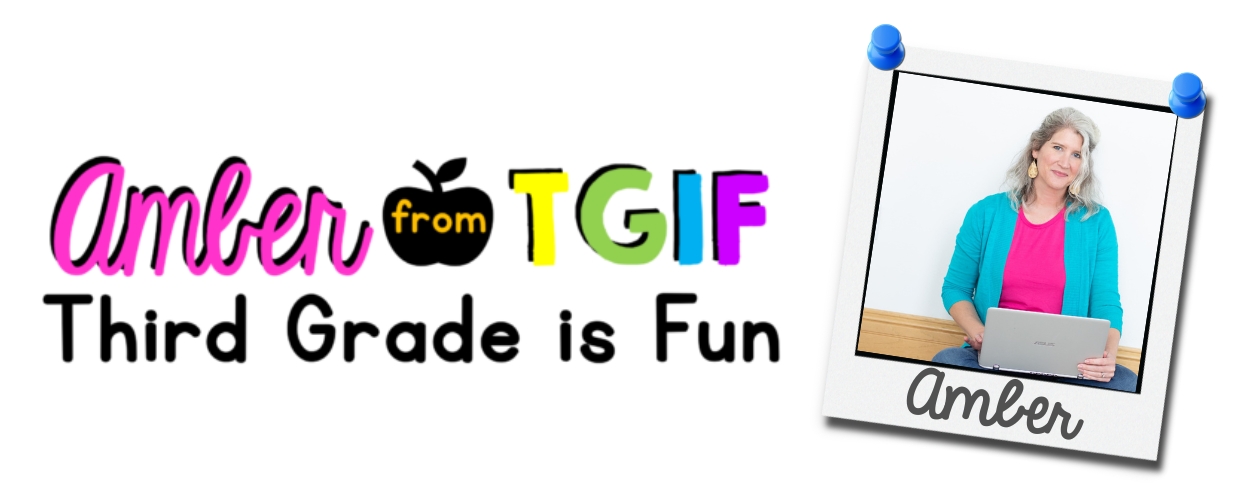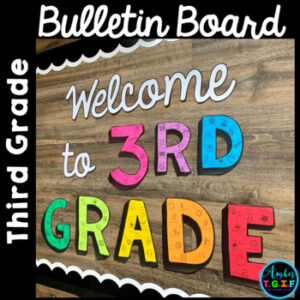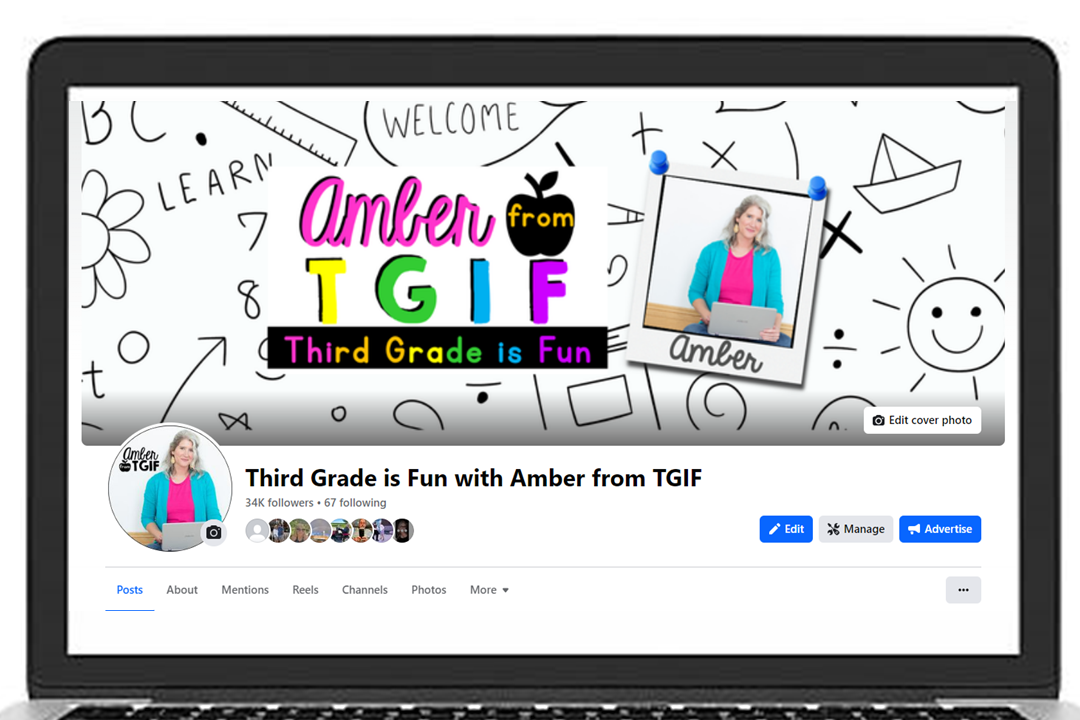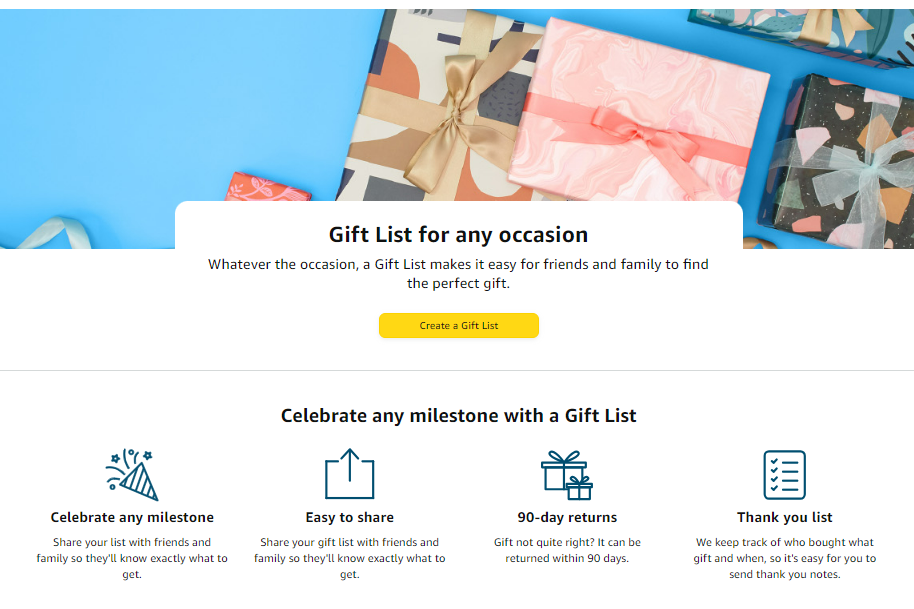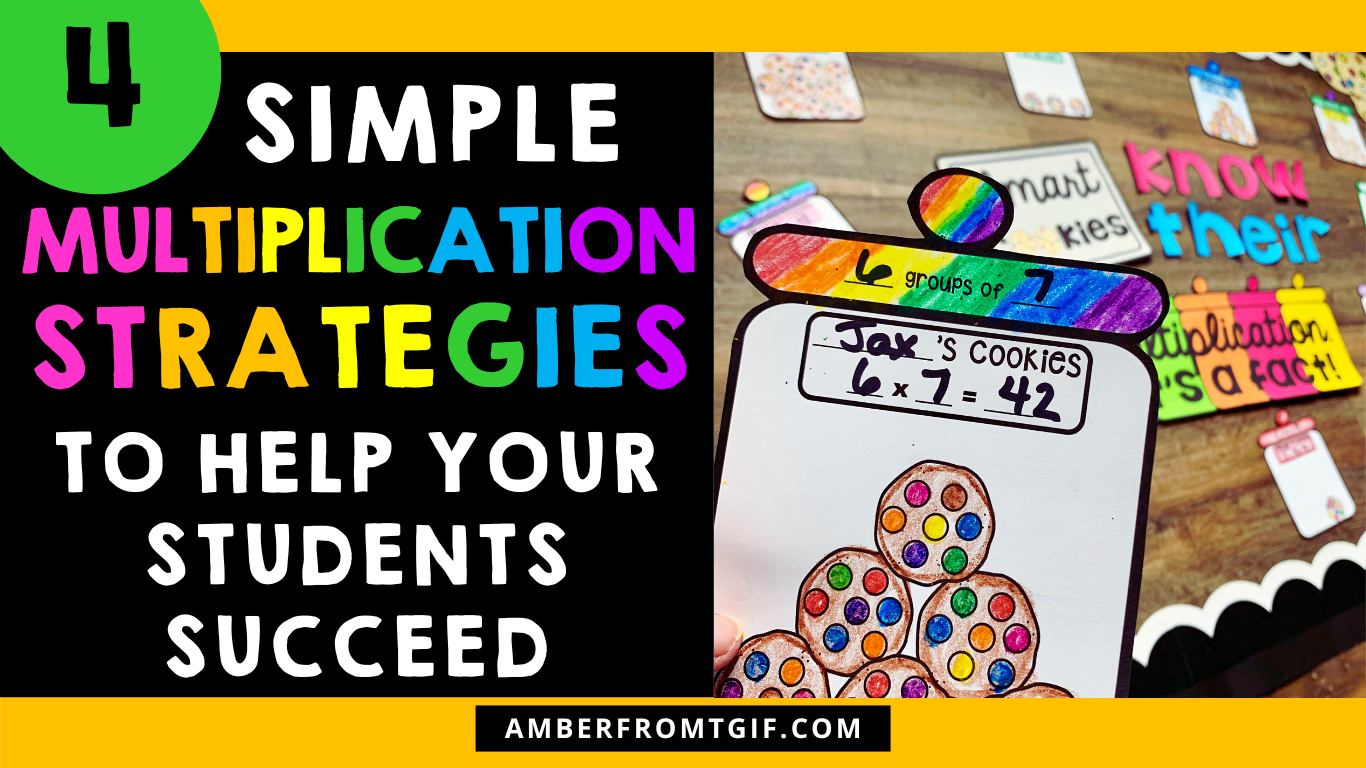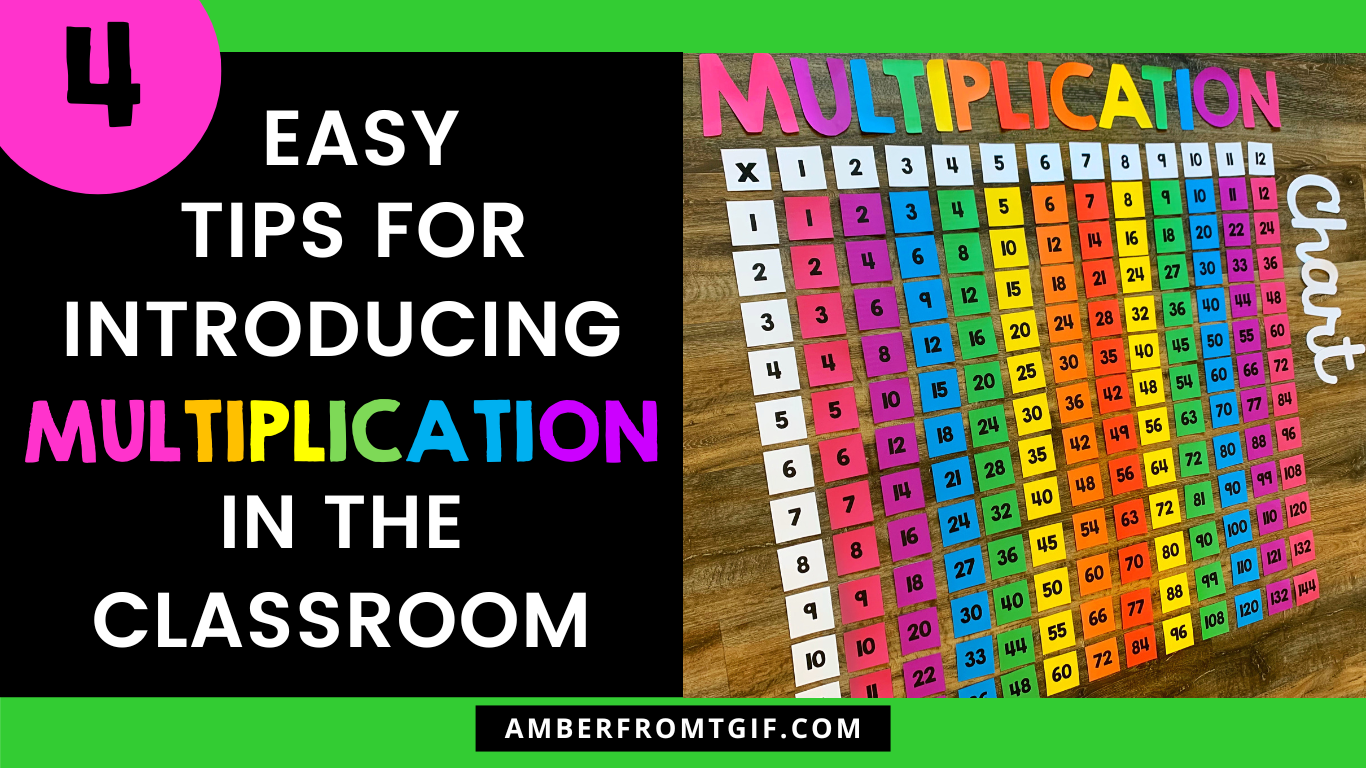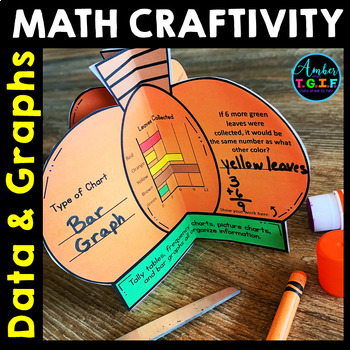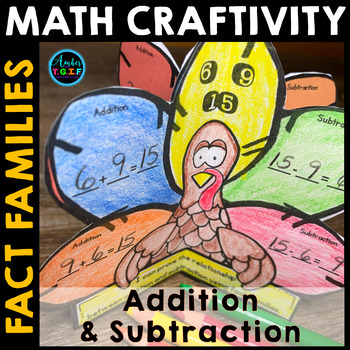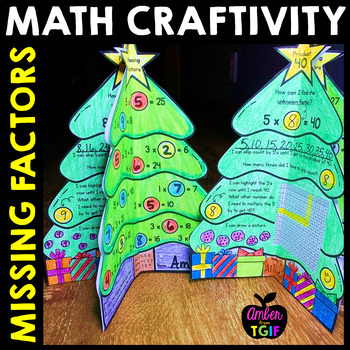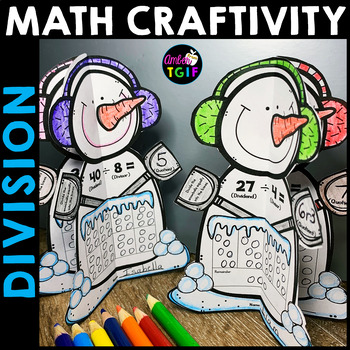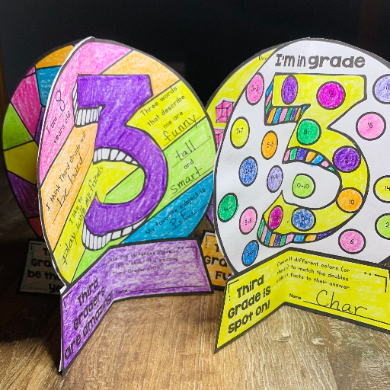Congratulations! You just found out you’re going to be a 3rd Grade Teacher. How exciting! But now you’re wondering, “Where do I start?”
Third graders are absolutely a blast to teach. They’re still young and silly, yet mature enough to have some great conversations. Yes, there’s a lot of planning ahead, but you’re going to rock being a 3rd Grade Teacher!
I’ve got loads of ideas and tips to help get you started on an amazing year ahead. From curriculum to planning your classroom and prepping that first week, there are plenty of ideas for new 3rd Grade Teachers. Let’s dive in and make this year unforgettable!
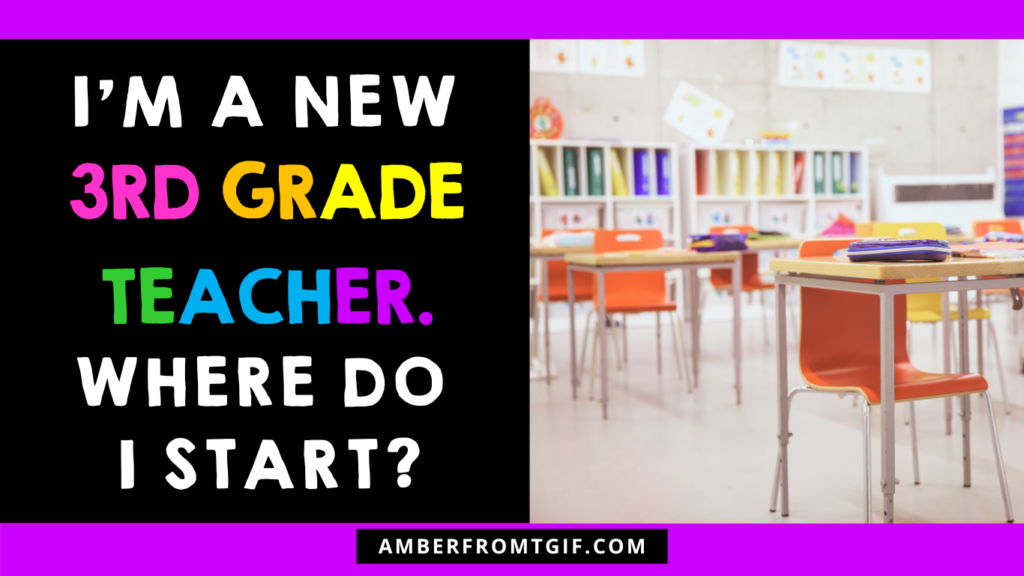
I’m a 3rd Grade Teacher. Now what?
1. Visit Your Classroom
Start by visiting your new classroom. Spend some time getting a feel for the space, drawing a quick sketch, and imagining how you want it to look. Take note of what’s already there – furniture, storage, supplies – and think about how you can organize the room to suit your teaching style.
2. Don’t Purge Your Classroom Just Yet
It might be tempting to clear out everything and start fresh, but hold off on purging the classroom just yet. Take inventory of what’s available and see what you can repurpose. You might find some hidden gems or useful materials left behind by the previous teacher.
I also learned that I really didn’t know WHAT I needed for the year ahead and when looking through the previous teacher’s files at the end of my first year teaching 3rd Grade, I found some incredible gems that helped me my 2nd year. At the end of the first year, I was able to throw away a lot of old files, but I was glad I didn’t pitch them all the first year as I actually found some helpful items that I didn’t know I needed before I started teaching. If there are a lot of old files and space is at a premium (when is it not), then put them in cardboard boxes and store them away for the year.
3. Have Fun Planning Your Decor
Now comes the fun part – planning your classroom decor! Think about a theme or color scheme that reflects your personality and makes the space inviting. Whether it’s vibrant colors, a calming nature theme, or a touch of whimsy, let your creativity shine. Remember, this is your space too!
Visit my friend Anna’s site, Hanging with Mrs. Hulsey, for the cutest decor! I used this set in my classroom and loved it. (She can also be found on Teachers Pay Teachers.)

Looking for a 3rd Grade Bulletin Board That Can be Printed on ANY Color?
4. Look Over the Curriculum
Familiarize yourself with the 3rd grade curriculum. This is honestly not an easy task as you are looking at whole year plans for multiple subjects. But, understanding the key concepts and standards for math, reading, science, and social studies will help you plan your decor, classroom set-up, centers and more. Knowing what your students need to learn will give you a solid foundation and boost your confidence.
5. Prepare for the Big 3rd Grade Topic – Multiplication
When everyone thinks of 3rd Grade, MULTIPLICATION is usually the first thing they think of. Once you have taught the basics and strategies of multiplication, it is super important to PRACTICE EVERY DAY! I have found that using Fact Fluency Tents make practicing a breeze because for each fact there is one sheet of paper and that one piece of paper is the equivalent of 50 flash cards! It makes practicing your facts so easy for the student and the teacher! Get a FREE sample of the Fact Fluency Tents here.
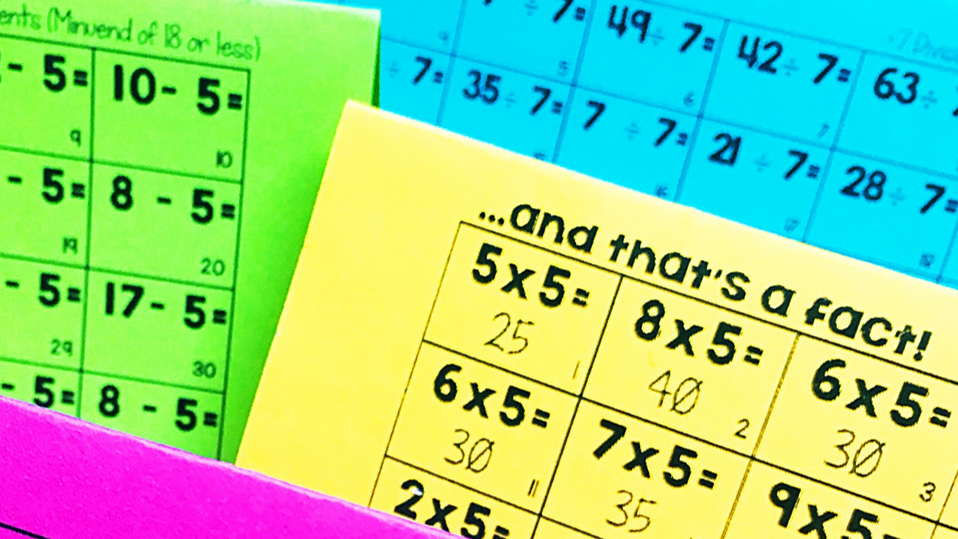
5. Connect with Other 3rd Grade Teachers
Reach out to other 3rd grade teachers for advice and support. Join online communities like the Third Grade is Fun with Amber from TGIF Facebook page or the All About 3rd Grade Facebook Group , attend local teacher meetups, and collaborate with your colleagues. Sharing ideas and resources can make a big difference, especially when you’re just starting out.
6. Share that you are a New 3rd Grade Teacher with Friends & Family
Don’t keep your excitement to yourself – share it with friends and family! Share on Facebook and Instagram a list of supplies you would appreciate, classroom library books you are looking for or even share an Amazon wishlist! Their enthusiasm and support can be incredibly motivating. Plus, they might have some great ideas or resources to help you get started.
7. Plan for Classroom Rules and Daily Routines
Setting clear expectations from the beginning is crucial. Think about the rules and procedures you want to establish for your classroom. What rules are in the student handbook? How will you handle transitions, bathroom breaks, and classroom behavior? Having a clear plan will help you manage your classroom smoothly and create a positive learning environment. But, remember that it is okay when you have to change a few of these things mid-stream. It is impossible to plan for all scenarios for a whole year.
8. Make a First Week Checklist
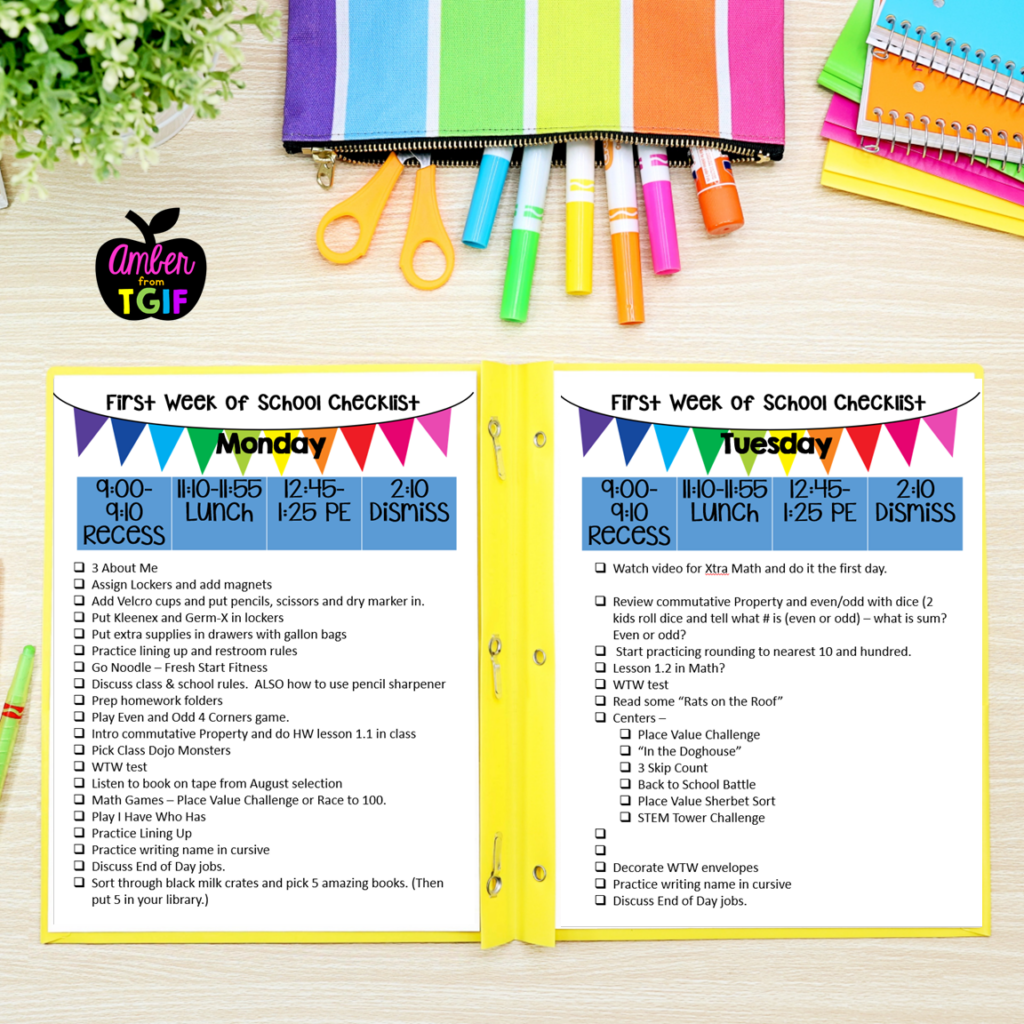
The first week is tough because you honestly don’t have a clue how long each activity will take, plus there isn’t really a set schedule yet. The first day is spent collecting paperwork, collecting and organizing supplies, and getting to know one another, the classroom, building and lunch, bathroom and recess routines.
My suggestion is to create a checklist of activities and tasks that you would like to accomplish that first week. Your checklist can have a list of
- must do activities
- brain break/fun activities
- the schedule for lunch, recess and bathroom
- dismissal information
Why am I encouraging a checklist rather than using a lesson plan format? I have learned over the years that the first week does NOT have much structure and therefore, it is easier to just have a list of activities to choose from rather than trying to schedule it within time blocks. It allows you to focus on building relationships, introducing classroom rules, and making your students feel excited about the year ahead. A checklist will help you stay organized and ensure you cover all the important bases.
8. Prepare for the First Week Chaos
Since the first week has less structure (because you aren’t really starting many of your subjects yet), you need to have activities planned that will help build on some structure to your day. Here are some ideas that will help you make a some plans.
- Write down the times that recess, PE, lunch and bathroom breaks will occur.
- Plan to review math facts each day (addition or subtraction). Use Math Fact Fluency Tents or flash cards.
- Have a set of activity sheets that will be meaningful but keep them busy while you organize supplies or paperwork.
- Have book boxes or rules for getting books out of the classroom library and have a short silent reading time each day.
- Have a plan for where you want students to put their tissue boxes and other classroom supplies.
- Have a “Book on Tape (YouTube) ready for the kids to listen to. Your voice will be soooo tired!
With these tips and ideas, you’re well on your way to an amazing year. Enjoy every moment, and remember – you’ve got this!

Discover More Teaching Tips in these Blog Posts
Tips on Teaching Rounding to the Nearest 10 and 100
Making Math Meaningful and Engaging with Crafts
Tips for Teaching the Distributive Property of Multiplication
